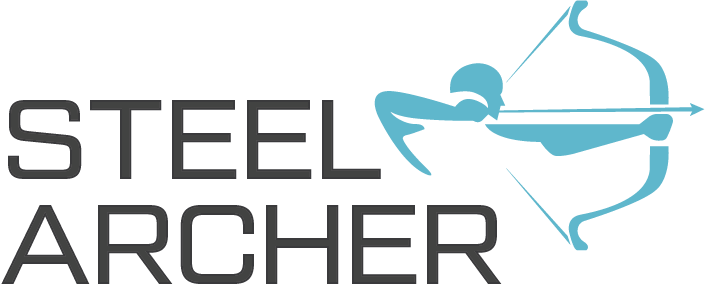Organizational change management (OCM) plays a crucial role in enabling technology transformations within an organization. Technology transformations involve implementing new systems, processes, or tools to improve efficiency, productivity, and competitiveness. However, the success of such transformations often hinges on how well an organization manages the associated changes. Here’s how OCM enables technology transformations:
- Alignment of Goals and Objectives: OCM helps align the technology transformation efforts with the organization’s overall goals and objectives. It ensures that the technology changes are in line with the company’s strategic direction, preventing misalignment and wasted resources.
- Stakeholder Engagement: OCM involves identifying and engaging key stakeholders throughout the transformation process. This includes employees, managers, customers, and suppliers. Engaging stakeholders early on and addressing their concerns helps build support and reduces resistance to change.
- Change Communication: Effective communication is critical during technology transformations. OCM provides a structured approach to communication, ensuring that information about the changes is clear, consistent, and timely. It helps in managing rumors and dispelling misinformation.
- Change Readiness Assessment: OCM involves assessing the organization’s readiness for change. This assessment helps identify potential barriers and resistance to technology transformations. It allows for the development of strategies to address these challenges proactively.
- Training and Skill Development: Technology transformations often require employees to acquire new skills and competencies. OCM facilitates the development and delivery of training programs tailored to the needs of different employee groups. This ensures that employees are well-prepared to use new technologies effectively.
- Change Champions and Advocates: OCM identifies change champions within the organization. These individuals are enthusiastic supporters of the technology changes and can influence their peers positively. Leveraging their support can accelerate adoption and acceptance.
- Resistance Management: Resistance to change is common, but OCM provides strategies to address it. By understanding the sources of resistance and proactively managing them, organizations can minimize disruptions and keep the transformation on track.
- Feedback and Continuous Improvement: OCM incorporates mechanisms for gathering feedback from employees and other stakeholders. This feedback loop allows organizations to make adjustments to the technology transformation strategy based on real-world experiences and evolving needs.
- Risk Mitigation: Technology transformations can introduce various risks, including technical glitches, data security concerns, and operational disruptions. OCM includes risk assessment and mitigation planning to minimize these potential issues.
- Sustainability: OCM ensures that the changes brought about by technology transformations are sustained over the long term. It involves monitoring and reinforcing the new behaviors and practices to prevent regression to old ways of doing things.
- Measurement and Evaluation: OCM establishes key performance indicators (KPIs) to measure the success of the technology transformation. This allows organizations to track progress, identify areas that require further attention, and demonstrate the return on investment (ROI).
In summary, OCM provides a structured approach to managing the human side of technology transformations. It focuses on aligning people, processes, and technology to ensure a smoother transition and maximize the benefits of the changes. By addressing the challenges associated with organizational change, OCM plays a vital role in enabling successful technology transformations. At Steel Archer we do not only deliver your technology transformation, but drive business value from the planned and properly executed OCM plans that result in adoption of the new technology.

